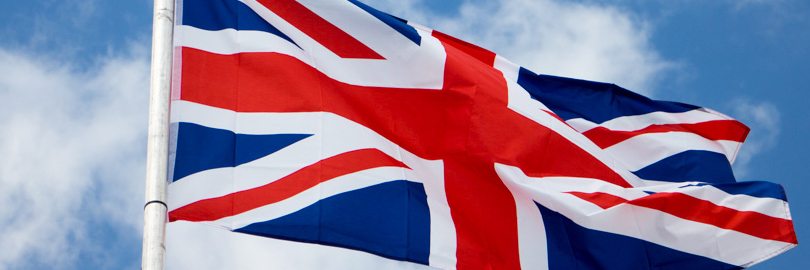FREEDOM! Hang on… we voted no?
[dropcap]S[/dropcap]cotland cast her ballots and rejected independence clearly, if not convincingly, by a margin of 10 percentage points. The country exhaled and prepared to move on – this emotive process has taken its toll – however, deep questions and uncertainties remain over the political impact of this referendum on citizens throughout the UK, the parties involved, and the ideas they espouse.
A binary choice conceals a multitude of opinions, and the referendum drew in activists from across the political spectrum. The campaigning tactics from both sides were fascinating in their contrasting approaches.
All admit that the Yes side did a much better job.
Better Together, the official “No” campaign, had a top-down approach described by the Guardian as ‘shambolic and divided’, and seemed unable to explain the relative virtues of the union beyond near apocalyptic warnings of future.
The Yes campaign, by contrast, borrowed from Obama’s campaign playbook a positive and broad based approach, with numerous grassroots organisations representing specific interest groups from “Farmers for Yes” to “Africans for Yes”. This community based approach paid dividends on the ground, exemplified in Dundee, where local independence-minded Cabbies were giving free lifts to polling stations for those living in outlying areas.
The rejection of a centralised approach was mirrored in the use and perception of social media. When YouTube clips appeared to contradict a report by Nick Robinson – the BBC’s Chief Political Editor – several vituperative protests took place which forced a partial recantation from him. People power has its effects, alebit several Unionist media commentators have remarked on this being the thin end of an unacceptable wedge, alleging the presence of an active cadre of online “cybernats” – nationalist keyboard warriors ready to slap down any opposing unionist perspectives.
Social media is best used as counterstrike, to highlight and prick pomposity. This was exemplified by the stunt pulled by two Glaswegians, who filmed themselves mocking and pursuing 100 Labour MPs, aids, and journalists around Glasgow City Centre in a rickshaw whilst blasting the Star Wars Imperial March into the air.
The YouTube clip was viewed 200,000 times in 24 hours, and was reported in the Guardian, Telegraph, Daily Record, and Huffington Post. What had been an attempt by the Labour party to publicise a last-minuet rally was completely subverted, to excellent, if slight puerile effect.
As one of the organisers stated:
“we beat the media machine; that’s what matters. All these guys have got all their interviews, with camera crews, and all you can hear is [the music we played].”
The emphasis on grass-roots was born from more than just necessity, or strategy. Much of the campaigning was done from a particularly radical perspective, and can be seen as a rejection of the over-centralisation of the UK, and of its economic mode, rather than an expression of narrow nationalism. A common concern is that too much power has been deliberately concentrated in the SE of England, and that too many politicians are out of touch with normal working people. This is also accompanied by a distinct distrust of modern politics.
As Fiona MacPherson, a Yes activist in Souther Scotland explains;
“It’s a bit like being a battered wife: they say ‘Oh, we’ll change, just give us another shot.’ I think it’s time to reject that.”
Whilst this frustration is arguably mirrored throughout the nations and regions of the UK, the Scots have managed to address this trough the indyref debates; making this referendum as much about reclaiming the national agenda and rejuvenating grassroots debate as it is about independence itself. This inevitably led to the National Media playing catch-up.
Whilst many newspaper articles have marvelled at the level of voter registration (97 percent), and turnout (85 percent), this does not actually compare well to Quebec in 1995, which had a turnout well over 93 percent. Furthermore, many have marvelled at the reengagement of the working class into politic, however Glasgow’s Yes vote, driven in large part by working class turnout, was the lowest in the country ast only 75%. Much work in reconnecting the electorate is still to be done.
The No campaign won decisively, and most Scots love and respect the UK and the mutual accomplishments of the past 300 years. It was also heartening how the result was accepted, and a process of reconciliation and healing was begun, but the referendum is only the start of a process that goes far beyond winning or losing.
A potential constitutional Pandora’s Box of reforms has been prised open at Westminster, allowing an opportunity to reassess asymmetrical voting privilege. In Scotland, the near trebling of SNP membership to over 50,000 in one week would suggest that the appetite for continued debate is large. Large promises made in the event of a no vote have also still to be honoured.
The result was definite, yet it is still only the beginning.
[divider]
Photo: flickr/colhoun

Comments